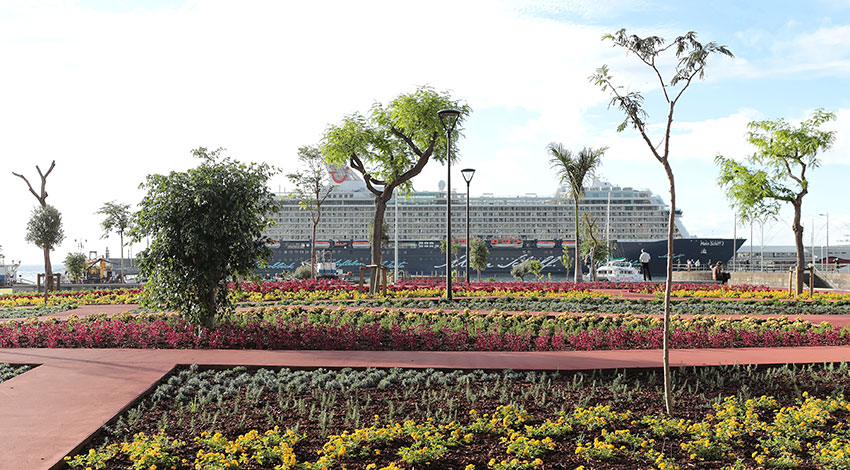Quality of life has become such a competitive factor between cities that it’s relevant to raise the question of whether or not we are returning to city-states.

We currently face a new level of competitiveness between cities. We could even take it further and say that in some cases there is competition between countries regarding which is more appealing and therefore capable of drawing in more tourism, more investment, more employment and more visibility. This brings us to the question: are we heading towards city-states?
We could say that quality of life, in the broadest sense possible, is the main factor that encompasses that attractiveness. In general terms, we associate this factor to health and longevity matters although its multidisciplinary scope covers different topics.
So how can we define quality of life? Most of the factors stem from subjective assessments. A multidisciplinary interpretation of quality of life includes several features of everyday life such as health care, housing, employment, environment, economy, urban planning and culture even, amongst others.
But let’s focus on the meaning of quality of life in cities. The desire or the thought of improving the quality of life of a place, for an individual or a group of residents, is a key issue for those who “design the cities”, a process which no longer solely involves “bricks and cement”.
It has become a matter of trying to satisfy and provide citizens with all urban attributes: transports, decent public and leisure areas, concerns regarding population density and construction in addition to different types of activities. Easy access to public services such as health care, education or safety is also important.
Other relevant issues involve social inclusion, respect for cultural differences, promoting equality and providing easier accesses for people with reduced mobility and greater respect for the environment.
Being able to connect to the Internet at the touch of a button or to use gadgets or other modern technologies is another important factor for some.
The maintenance of buildings and historic places and preservation of the local culture and customs are equally part of a city’s quality of life and quite often important differentiating features.
A healthy competition between cities and their subsequent transformation into big cities as a means to improve and maintain a level of quality is no longer solely based on general urban planning but also on the promotion and support of new ideas and opportunities which increase the differentiation factor and further add charm to the city.
Combined with other material and immaterial features, these differences contribute towards an improved quality of life in cities, bringing in more people, tourism, business and investment.














